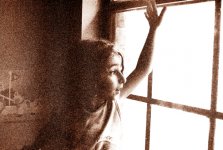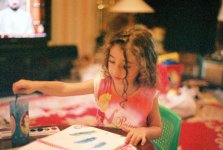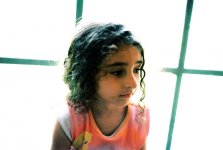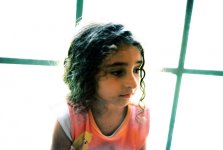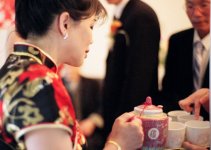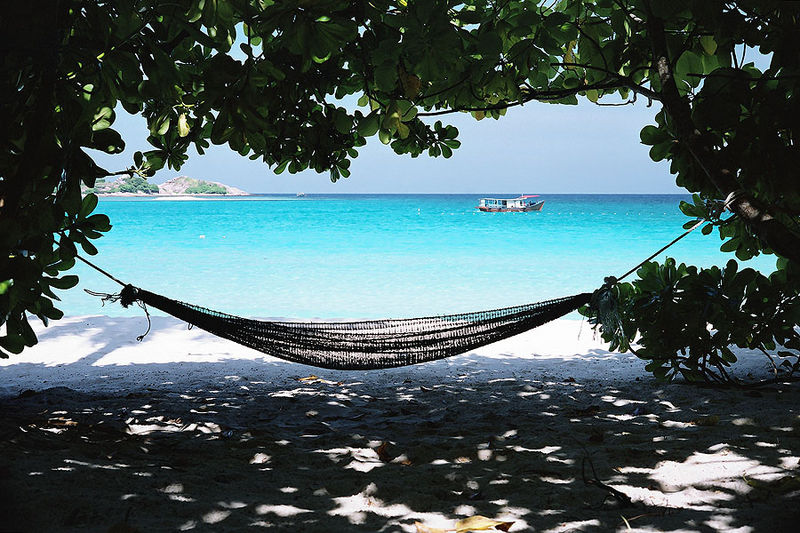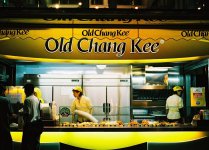raid
Dad Photographer
I have read online that the Fuji800 print film is wonderful. Well, I bought several rolls of film based on the rave comments on this film.
I put my first roll of this type of film in a Yashica RF camera, and I took some photos of my daughter.
I got back the scanned images, and I was quite surprised at how grainy they looked and the low contrast/underexposure or whatever it is. I should not have used an automatic camera that I just bought and have no experience with,and I should not have chosen difficult light conditions, and I should not buy many rolls of film based on someone's raving.
Have you had good experiences with this type of film?
Can you post some of the better looking images?
I may use this film as my highspeed B&W film for grainy effect if this is an inherent feature of the ASA 800 film.
I tried to save a few of the images with PS.
Your comments are welcome and requested.
Raid
I put my first roll of this type of film in a Yashica RF camera, and I took some photos of my daughter.
I got back the scanned images, and I was quite surprised at how grainy they looked and the low contrast/underexposure or whatever it is. I should not have used an automatic camera that I just bought and have no experience with,and I should not have chosen difficult light conditions, and I should not buy many rolls of film based on someone's raving.
Have you had good experiences with this type of film?
Can you post some of the better looking images?
I may use this film as my highspeed B&W film for grainy effect if this is an inherent feature of the ASA 800 film.
I tried to save a few of the images with PS.
Your comments are welcome and requested.
Raid



